Com Networks – A New UK Teen Crime Trend + Clockwork Orange Style Scams & Violence
UK NCA Warns of Sadistic Com Networks – Online Harm Groups Putting People at Unprecedented Risk
New Crime Trend – A SCARS Institute Criminology Insight
Authors:
• Tim McGuinness, Ph.D., DFin, MCPO, MAnth – Anthropologist, Scientist, Director of the Society of Citizens Against Relationship Scams Inc.
• Portions from the UK National Crime Centre
Article Abstract

UK NCA Warns: Sadistic Com Networks – Online Teen Crime Harm Groups Putting People at Unprecedented Risk
PART 1: THE RISING THREAT OF ONLINE “COM NETWORKS” AND NEW PUBLIC RISKS
The National Crime Agency (NCA) has issued a stark warning about a growing threat from online networks, referred to as “Com networks,” primarily composed of teenage boys engaging in sadistic and violent behavior. These groups, which have seen a six-fold increase in reported activity in the UK from 2022 to 2024, collaborate to commit a range of crimes, including cyber-attacks, fraud, extremism, serious violence, and child sexual abuse. NCA Director General Graeme Biggar describes this as a “hugely complex and deeply concerning phenomenon,” noting that these networks operate on mainstream platforms, not the dark web, making them accessible to young people. Offenders often target peers or younger children, with cases of girls as young as 11 being coerced into self-harm or sexual abuse. Motivated by status, sexual gratification, or profit, these groups use grooming, coercion, and extortion tactics, contributing to underreporting as victims feel too scared or ashamed to come forward. The NCA is working with law enforcement, tech companies, and experts to address this, while urging parents to talk openly with their children about online risks.
This trend introduces significant new public risks, particularly for children and vulnerable individuals. The accessibility of these networks on everyday platforms increases exposure, especially for young girls who are often groomed into self-harm or suicide attempts, as Biggar highlights: “It is especially concerning to see the impact this is having on young girls.” The normalization of extreme violence and misogyny within these groups, as noted by Assistant Chief Constable Alastair Simpson, fosters a “dangerous propensity for extreme violence” among youth, posing a long-term societal threat. Additionally, the use of advanced tactics like social engineering and AI-generated content, as seen in related sextortion campaigns, amplifies the scale and impact of these crimes, making them harder to detect and prevent. The NCA’s call for a coordinated response, including the Online Safety Act’s implementation, underscores the urgency, but the challenge lies in balancing regulation with the fluid, global nature of these networks, which often operate beyond traditional law enforcement reach.
A SCARS Institute Analysis
A Clockwork Orange and Com Networks: A Chilling Comparison of Crime Trends
You might have seen or heard of A Clockwork Orange, the 1971 film directed by Stanley Kubrick, based on Anthony Burgess’s novel. It’s a story that shocked audiences with its depiction of youth violence, and now, a new crime trend involving online “Com networks” echoes some of its most disturbing themes. These networks, as highlighted by the National Crime Agency, involve predominantly teenage boys collaborating to commit sadistic crimes, from cyber-attacks to child sexual abuse. Let’s compare the plot of A Clockwork Orange with this emerging threat, exploring how both reflect a dark side of youth culture and the societal challenges they pose.
The Plot of A Clockwork Orange: A Tale of Youth Violence
In A Clockwork Orange, you’re introduced to Alex DeLarge, a teenage delinquent in a dystopian future Britain. Alex leads a gang of “droogs” who revel in what they call “ultra-violence”—random acts of brutality, theft, and sexual assault. The film opens with Alex and his gang attacking a homeless man, beating him senseless for their own amusement. They later break into a writer’s home, assaulting him and his wife in a horrifying scene that sets the tone for Alex’s depravity. “It’s funny how the colors of the real world only seem really real when you viddy them on the screen,” Alex narrates, showing his detachment from the harm he causes. His gang operates with a sense of camaraderie, united by their love of violence and the thrill of power.
Alex’s crimes eventually catch up with him. After a betrayal by his droogs, he’s arrested for murder and subjected to the Ludovico Technique, a brutal form of aversion therapy that conditions him to feel intense nausea at the thought of violence. The treatment strips Alex of his free will, leaving him unable to defend himself or act on his impulses. “When a man cannot choose, he ceases to be a man,” the prison chaplain warns, highlighting the ethical dilemma of the state’s intervention. By the end, Alex is “cured” of his conditioning, but his return to violence suggests that his core nature hasn’t changed—only his circumstances have.
Com Networks: A Modern Echo of Ultra-Violence
Now, let’s turn to the Com networks described by the NCA. These online groups, largely made up of teenage boys, operate in a digital landscape, collaborating or competing to inflict harm across a spectrum of crimes: cyber-attacks, fraud, extremism, serious violence, and child sexual abuse. NCA Director General Graeme Biggar calls this a “hugely complex and deeply concerning phenomenon,” noting that these networks have seen a six-fold increase in reported activity in the UK from 2022 to 2024. Like Alex and his droogs, these young offenders are motivated by status and notoriety, often sharing sadistic and misogynistic material to gain recognition within their groups. They target peers or younger children, with cases of girls as young as 11 being coerced into self-harm or sexual abuse.
The parallels to A Clockwork Orange are striking. Just as Alex’s gang found thrill in random acts of violence, Com network members derive satisfaction from the harm they inflict, whether it’s launching ransomware attacks or grooming victims into harming themselves. Biggar notes the impact on young girls, who are often “groomed into hurting themselves and in some cases, even encouraged to attempt suicide.” The sense of camaraderie is also similar—both groups operate with a loose, fluid membership, united by a shared culture of violence. In the film, Alex and his droogs use their own slang, “Nadsat,” to bond; in Com networks, offenders use digital platforms to exchange millions of messages, creating a virtual gang culture that transcends borders.
Shared Themes: Youth, Power, and Societal Failure
Both A Clockwork Orange and the Com network trend highlight a troubling aspect of youth culture: the allure of power through violence. In the film, Alex’s actions are driven by a desire for control and dominance, a way to assert himself in a world he finds dull without violence. “I was cured, all right,” he says at the end, revealing his unchanged appetite for chaos. Similarly, Com network offenders are motivated by gaining status within their groups, as the NCA notes, often measuring their worth by the depravity of the content they share. For you, this might feel like a chilling reflection of how young people, when left unchecked, can turn to harm as a way to feel significant.
Another shared theme is societal failure. In A Clockwork Orange, the state’s response to Alex’s crimes—the Ludovico Technique—raises questions about morality and free will, but it also shows a failure to address the root causes of his behavior. The dystopian society offers no meaningful guidance for youth, leaving them to form their own violent subcultures. Com networks reflect a similar gap in today’s world. These groups operate on mainstream platforms, not the dark web, as Biggar points out: “They exist in the same online world and platforms young people use on a daily basis.” The lack of oversight from tech companies and the failure of parents, educators, and communities to monitor online activity have allowed these networks to flourish, much like the unchecked streets of Alex’s Britain.
PART 2: ACCORDING TO THE UK NCA
The Director General of the National Crime Agency has warned of a “deeply concerning” trend of online networks of predominantly teenage boys, dedicated to inflicting harm and committing a range of criminality.
Graeme Biggar is calling on everyone – from law enforcement, to parents and carers, education professionals, and industry – to play their part in reducing the risk from “sadistic and violent online gangs”.
The warning comes as the NCA launches its National Strategic Assessment, an annual report that outlines the serious and organised crime threats facing the UK.
These online forums or communities – referred to in the Assessment as “Com networks” – see offenders collaborate or compete to cause harm across a broad spectrum of criminality – both on and offline – including cyber, fraud, extremism, serious violence, and child sexual abuse.
Known reports of this emerging threat increased six-fold in the UK from 2022-2024. NCA analysts estimate that thousands of users – offenders and victims – based in the UK and other western countries have exchanged millions of messages online relating to sexual and physical abuse.
Although adults are involved in these online communities, of particular concern is that offenders are predominantly teenage boys that often share sadistic and misogynistic material, and have been seen to target those their own age or younger.
Offenders include a new generation of young, English-speaking cyber criminals who work together to execute data breaches and commit fraud, launch malware or ransomware attacks, and use social engineering and grooming techniques on victims.
The NCA and UK law enforcement have identified a number of cases in which girls, some as young as 11, have been coerced into seriously harming or sexually abusing themselves, siblings or pets.
In some instances, victims have been groomed into offending themselves.
NCA Director General Graeme Biggar said:
“This is a hugely complex and deeply concerning phenomenon. Young people are being drawn into these sadistic and violent online gangs where they are collaborating at scale to inflict, or incite others to commit, serious harm.
“These groups are not lurking on the dark web, they exist in the same online world and platforms young people use on a daily basis. It is especially concerning to see the impact this is having on young girls who are often groomed into hurting themselves and in some cases, even encouraged to attempt suicide.
“The NCA is coordinating UK law enforcement’s response to this emerging threat. We are collaborating with policing, tech companies, safeguarding agencies and psychologists to better understand how young people become offenders and safeguard victims.
“Operating online clearly makes these offenders feel protected and out of reach but that is absolutely not the case. There have already been convictions, we and partners have made arrests in the UK and overseas, and further investigations are ongoing.
“I’d encourage parents and carers to have regular conversations with their child about what they do online, and ensure they know they have your support should they need it.”
The online landscape of these networks is vast, with many groups having a different focus such as cybercrime or inflicting physical harm. However, membership is loose and fluid which leads to the range of different criminality being committed by individual offenders.
Last month following an NCA investigation, Richard Ehiemere was convicted of fraud and indecent images of children (IIOC) offences, committed when he was just 17 and linked to a prolific online harms group.
In January, 19-year-old Cameron Finnigan was jailed for assisting suicide, possession of IIOC, a terror offence, and criminal damage, following an investigation by Counter Terror Policing South East (CTPSE).
Evidence suggests that offenders are motivated by gaining notoriety and status, which can be achieved based on the harm they inflict and the depravity of the content they share. These networks share content relating to a broad and diverse range of extreme belief systems that they use to justify violence.
Sexual gratification can also be a motivating factor and in some cases, offenders are finding opportunities to profit from their criminality directly, or by selling material to others. The NCA is engaging with experts and academics to improve our understanding of motivations of offenders in this area and what can be done to deter them.
Also common across networks is the use of coercion and extortion tactics. Offenders manipulate victims by grooming them, or convincing them that they are in a relationship. As with other types of grooming, this leads to victims not recognising themselves as such, or being too scared to come forward, which likely contributes to the underreporting of this offending.
Jess Phillips, Minister for Safeguarding and Violence Against Women and Girls, said:
“The scale of child sexual abuse in this report is absolutely horrific and drives home the need for a co-ordinated response to tackle this global issue.
“We have seen the heartbreaking impact of crimes such as grooming and sextortion on victims around the world—many of them children who have been blackmailed and manipulated into sharing images of themselves, which has devastatingly led to some children taking their own lives.
“This is why this government is using every lever at our disposal to make the UK a safer place for children online, including implementation of the Online Safety Act which has some of the strongest laws in the world to protect children.
“My message to parents is to have open conversations with your children and to seek support if you are concerned about child sexual abuse.
“My message to tech companies is simple: this is your responsibility too. You must ensure your platforms are safe for children, so that we can protect the most vulnerable and put predators behind bars.”
Assistant Chief Constable Alastair Simpson, national policing lead for Child Sexual Exploitation and Abuse & Undercover Online, said:
“The growth of Com networks that incite and encourage children and vulnerable adults towards acts of self-harm, suicide and violence are hugely concerning.
“The role of undercover online officers is vital in this space, and my message to anyone who is exploiting children online: remember that there is no space where criminals operate that we cannot go, and investigations into these networks have already begun.
“Policing will always play its part, but social media providers have a clear role to play in monitoring and regulating their platforms to root out this abhorrent criminal behaviour and make all online spaces safe for children and adults.
“I would encourage anyone who has been a victim of this type of crime to report it to police, you will be met with empathy and respect, and there are organisations that can support you.”
Children and young people are better protected when they have adults around them who they feel they can trust, talk to and won’t be blamed by. Regular, open and honest conversations create environments where young people can disclose concerns.
PART 3: SCARS INSTITUTE WARNING
The Global Threat of Com Networks: A Warning for North America, Latin America, Europe, and Beyond
You might have heard about the disturbing rise of Com networks—online groups of predominantly teenage boys engaging in sadistic crimes, from cyber-attacks to child sexual abuse, as highlighted by the UK’s National Crime Agency (NCA). While this trend has surged in the UK, with a six-fold increase in reported activity from 2022 to 2024, there’s a pressing concern that these networks will migrate and expand to North America, Latin America, Europe, and worldwide. If you’re a parent, educator, or community member, understanding this potential global spread is crucial to protecting vulnerable individuals in your area. Let’s explore the likelihood of this expansion, the factors driving it, and what you can do to prepare.
The Likelihood of Global Expansion
The probability that Com networks will spread beyond the UK to regions like North America, Latin America, and Europe is alarmingly high, driven by the borderless nature of the internet and the accessibility of the platforms these groups use. NCA Director General Graeme Biggar warns that these networks operate on “the same online world and platforms young people use on a daily basis,” meaning they’re not hidden in obscure corners of the dark web but on mainstream social media and messaging apps. For you, this means that the same apps your children use—like TikTok, Discord, or Snapchat—could become breeding grounds for these networks in your region.
The NCA estimates that thousands of users, both offenders and victims, are already exchanging millions of messages globally, with activity reported in the UK and other Western countries. This existing international presence suggests that North America and Europe, with their large populations of tech-savvy teens, are prime targets for expansion. Latin America, where internet penetration is rapidly growing—reaching 70% in 2023 according to regional data—is also at risk, as young people there increasingly join global online communities. The fluid, loose membership of these networks, as noted by the NCA, makes them highly adaptable, allowing them to migrate seamlessly across borders as new users join from different regions.
Factors Driving the Spread
Several factors make the global spread of Com networks not just likely but almost inevitable. First, the universal appeal of status and notoriety among youth transcends cultural boundaries. The NCA reports that offenders are motivated by gaining recognition within their groups, often measured by the harm they inflict or the depravity of the content they share. For you, this means that teenage boys in North America, Latin America, or Europe—seeking the same validation as their UK counterparts—could easily be drawn into these networks, especially in environments where peer pressure and online clout are significant influences.
Second, the lack of robust global regulation on digital platforms fuels this expansion. In the UK, the Online Safety Act aims to hold tech companies accountable, but enforcement varies widely across regions. North America, particularly the U.S., has lagged in implementing comprehensive online safety laws, with only 15 states having specific sextortion legislation as of 2023. Europe’s General Data Protection Regulation offers some protections, but it doesn’t directly address the kind of coordinated criminal activity seen in Com networks. Latin America faces even greater challenges, with limited resources for cybercrime enforcement in many countries. Biggar emphasizes the need for tech companies to act, noting, “These groups are not lurking on the dark web,” but without global cooperation, platforms remain vulnerable to exploitation.
Third, the use of advanced technology by these networks—such as AI-generated content and social engineering—makes their crimes scalable and hard to trace. Assistant Chief Constable Alastair Simpson highlights their “dangerous propensity for extreme violence,” which can be inflicted through digital means like sextortion or ransomware attacks. For you, this means that as these tactics spread, they’ll likely adapt to local contexts, targeting vulnerabilities specific to each region, such as economic desperation in Latin America or cultural openness in Europe.
Regional Vulnerabilities and Risks
If Com networks expand to North America, you might see a surge in cybercrimes like data breaches and fraud, given the region’s high internet usage—90% of U.S. teens are online daily, according to 2023 data. The cultural emphasis on individualism can also make teens more susceptible to grooming, as they seek online validation. In Latin America, the rapid growth of internet access, coupled with economic inequality, creates fertile ground for scams like fake job offers or lottery frauds, which these networks often exploit. Europe, with its diverse cultural landscape, faces risks of extremist ideologies spreading through these groups, as seen in the UK case of Cameron Finnigan, who was jailed for assisting suicide and terror offenses.
Worldwide, the impact on young girls is particularly concerning. Biggar notes, “It is especially concerning to see the impact this is having on young girls,” who are often coerced into self-harm or sexual abuse. This global spread could lead to a rise in sextortion cases, with devastating outcomes like increased suicide attempts among victims. The normalization of misogyny and violence within these networks also poses a long-term societal risk, potentially shaping a generation that sees harm as a path to status.
What You Can Do to Prepare
You’re not powerless against this threat—there are steps you can take to protect your community. Start by educating yourself and your children about online risks. Have open conversations about what they do online, as Biggar advises: “I’d encourage parents and carers to have regular conversations with their child about what they do online.” Teach them to recognize grooming tactics, such as someone pressuring them to share personal information or engage in harmful acts.
Next, advocate for stronger regulations in your region. Support initiatives that hold tech companies accountable, ensuring they monitor and regulate their platforms to root out criminal behavior. Simpson stresses, “Social media providers have a clear role to play in monitoring and regulating their platforms.” By joining community efforts to push for better online safety laws, you can help create a safer digital environment for everyone.
Finally, build a support network where young people feel safe to disclose concerns. Create an environment where they won’t fear blame, making it easier for them to report suspicious activity. This proactive approach can help you mitigate the risks as Com networks expand globally.
Preparing for a Global Challenge
The potential spread of Com networks to North America, Latin America, Europe, and beyond is a serious concern, but by understanding the risks and taking action, you can help protect your community. Awareness, advocacy, and open communication are your best tools to combat this growing threat.
The Urgent Need to Address Com Networks’ Global Spread
You’ve learned that Com networks, online groups of teenage boys engaging in sadistic crimes, are likely to expand from the UK to North America, Latin America, Europe, and worldwide, driven by the internet’s borderless nature and lack of global regulation. The NCA’s report of a six-fold increase in activity from 2022 to 2024, as Graeme Biggar notes, “These groups are not lurking on the dark web,” highlights their accessibility on mainstream platforms. Factors like the universal appeal of status among youth, weak digital oversight, and advanced tactics like AI make this spread probable, posing risks like increased cybercrimes in North America, scams in Latin America, and extremism in Europe. Globally, young girls face heightened dangers, often “groomed into hurting themselves,” as Biggar warns. You can prepare by educating your children, advocating for stronger regulations, and creating safe spaces for disclosure, as Alastair Simpson emphasizes the role of “social media providers in monitoring their platforms.” By acting now, you can help mitigate the global impact of this alarming trend.
-/ 30 /-
What do you think about this?
Please share your thoughts in a comment below!
Article Rating
Table of Contents
- UK NCA Warns of Sadistic Com Networks – Online Harm Groups Putting People at Unprecedented Risk
- Article Abstract
- UK NCA Warns: Sadistic Com Networks – Online Teen Crime Harm Groups Putting People at Unprecedented Risk
- PART 1: THE RISING THREAT OF ONLINE “COM NETWORKS” AND NEW PUBLIC RISKS
- A SCARS Institute Analysis
- PART 2: ACCORDING TO THE UK NCA
- PART 3: SCARS INSTITUTE WARNING
- The Global Threat of Com Networks: A Warning for North America, Latin America, Europe, and Beyond
RATE THIS ARTICLE?
LEAVE A COMMENT?
Recent Comments
On Other Articles
- Nikolaus on Dating Scammers Paradise: Ivory Coast: “The Ivory Coast romance scam is still going on. It seems that local authorities don’t handle the issue effectively!” Dec 10, 02:17
- on The SCARS Institute Top 50 Celebrity Impersonation Scams – 2025: “Thank you – we will.” Dec 7, 11:41
- on The SCARS Institute Top 50 Celebrity Impersonation Scams – 2025: “You should add Sean Bean to your list of Celebrities. This one is very good, and persistent. He will be…” Dec 2, 12:07
- on How You Think & Talk About Your Scam Affects Your Recovery: “I have hung on to the scams for far too long. With the intervention of an all-merciful God, I have…” Nov 6, 22:13
- on Disengaging From A Fake Scam Relationship: “Taci, you may want to join our new support community at www.SCARScommunity.org” Nov 6, 03:01
- on Disengaging From A Fake Scam Relationship: “This particular article helped me discover the many things I did wrong the first time I was scammed. I should…” Nov 5, 22:49
- on About the SCARS RomanceScamsNOW.com Website – 24 Years Published: “It was unavailable for a few days, but it is available again. If he would be interested, he is welcome…” Nov 5, 00:59
- on About the SCARS RomanceScamsNOW.com Website – 24 Years Published: “My husband has been scammed and your classes have been helping him but now he can’t seem to access them.…” Oct 26, 14:57
- on Talia Shepard – Impersonation Victim – Stolen Photos – 2024: “Hi, I’m Patrick from Belgium and I found this site by chance, so I just got to know it, and…” Oct 17, 23:46
- on Talia Shepard – Impersonation Victim – Stolen Photos – 2024: “Hallo ik ben Patrick uit Belgie en het is in verband over PayPal. Ik heb het dit jaar spijtig genoeg…” Oct 17, 23:08
ARTICLE META
Important Information for New Scam Victims
- Please visit www.ScamVictimsSupport.org – a SCARS Website for New Scam Victims & Sextortion Victims
- Enroll in FREE SCARS Scam Survivor’s School now at www.SCARSeducation.org
- Please visit www.ScamPsychology.org – to more fully understand the psychological concepts involved in scams and scam victim recovery
If you are looking for local trauma counselors please visit counseling.AgainstScams.org or join SCARS for our counseling/therapy benefit: membership.AgainstScams.org
If you need to speak with someone now, you can dial 988 or find phone numbers for crisis hotlines all around the world here: www.opencounseling.com/suicide-hotlines
A Note About Labeling!
We often use the term ‘scam victim’ in our articles, but this is a convenience to help those searching for information in search engines like Google. It is just a convenience and has no deeper meaning. If you have come through such an experience, YOU are a Survivor! It was not your fault. You are not alone! Axios!
A Question of Trust
At the SCARS Institute, we invite you to do your own research on the topics we speak about and publish, Our team investigates the subject being discussed, especially when it comes to understanding the scam victims-survivors experience. You can do Google searches but in many cases, you will have to wade through scientific papers and studies. However, remember that biases and perspectives matter and influence the outcome. Regardless, we encourage you to explore these topics as thoroughly as you can for your own awareness.
Statement About Victim Blaming
Some of our articles discuss various aspects of victims. This is both about better understanding victims (the science of victimology) and their behaviors and psychology. This helps us to educate victims/survivors about why these crimes happened and to not blame themselves, better develop recovery programs, and to help victims avoid scams in the future. At times this may sound like blaming the victim, but it does not blame scam victims, we are simply explaining the hows and whys of the experience victims have.
These articles, about the Psychology of Scams or Victim Psychology – meaning that all humans have psychological or cognitive characteristics in common that can either be exploited or work against us – help us all to understand the unique challenges victims face before, during, and after scams, fraud, or cybercrimes. These sometimes talk about some of the vulnerabilities the scammers exploit. Victims rarely have control of them or are even aware of them, until something like a scam happens and then they can learn how their mind works and how to overcome these mechanisms.
Articles like these help victims and others understand these processes and how to help prevent them from being exploited again or to help them recover more easily by understanding their post-scam behaviors. Learn more about the Psychology of Scams at www.ScamPsychology.org
Psychology Disclaimer:
All articles about psychology and the human brain on this website are for information & education only
The information provided in this article is intended for educational and self-help purposes only and should not be construed as a substitute for professional therapy or counseling.
While any self-help techniques outlined herein may be beneficial for scam victims seeking to recover from their experience and move towards recovery, it is important to consult with a qualified mental health professional before initiating any course of action. Each individual’s experience and needs are unique, and what works for one person may not be suitable for another.
Additionally, any approach may not be appropriate for individuals with certain pre-existing mental health conditions or trauma histories. It is advisable to seek guidance from a licensed therapist or counselor who can provide personalized support, guidance, and treatment tailored to your specific needs.
If you are experiencing significant distress or emotional difficulties related to a scam or other traumatic event, please consult your doctor or mental health provider for appropriate care and support.
Also read our SCARS Institute Statement about Professional Care for Scam Victims – click here to go to our ScamsNOW.com website.



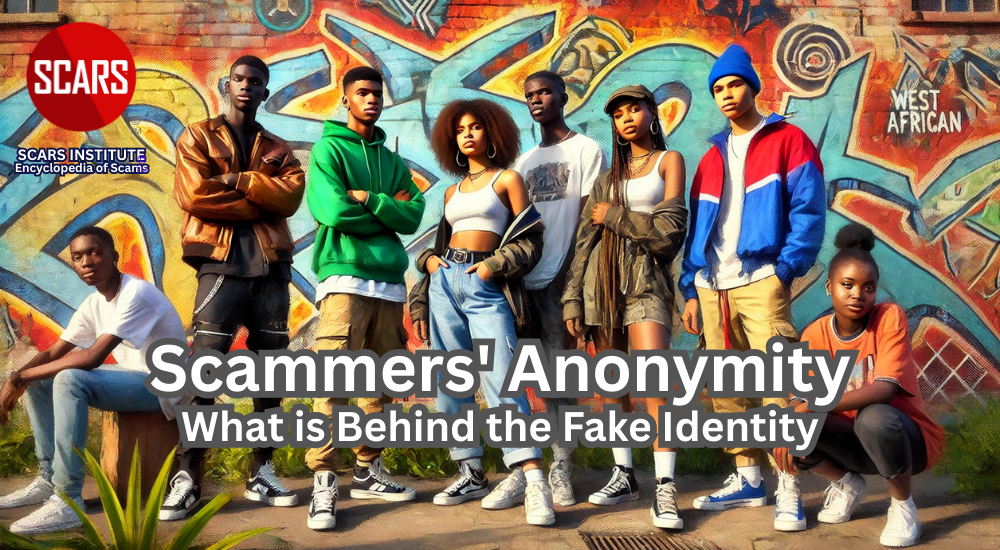
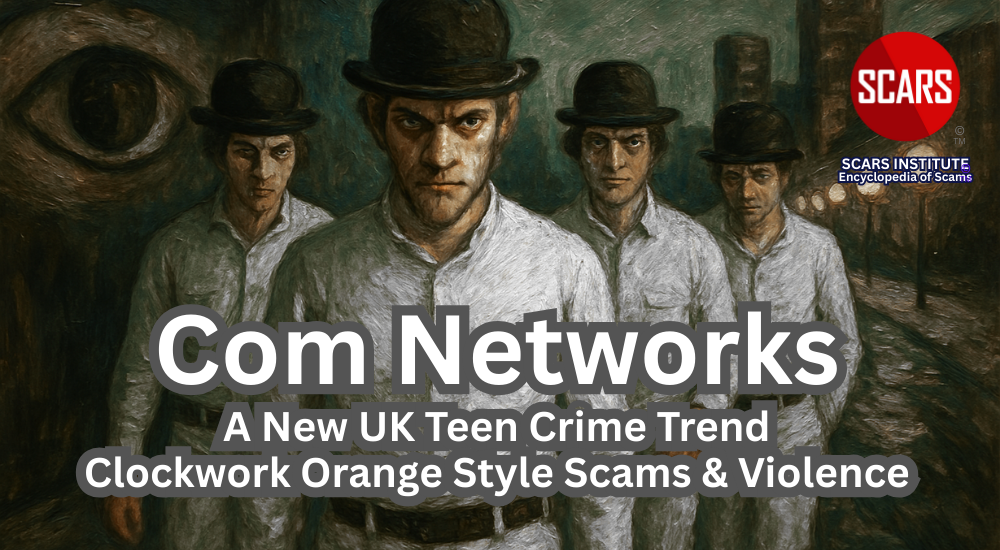


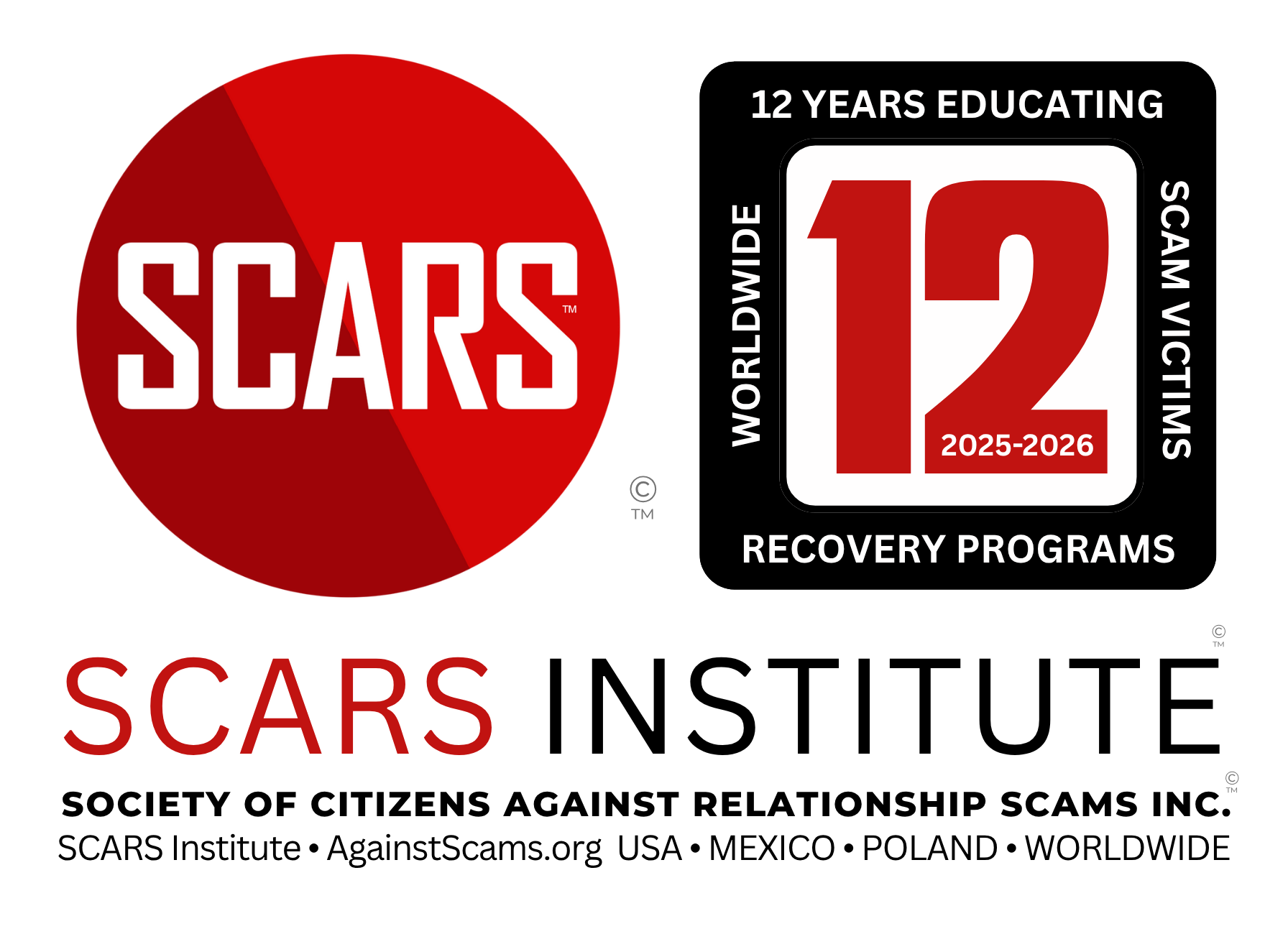



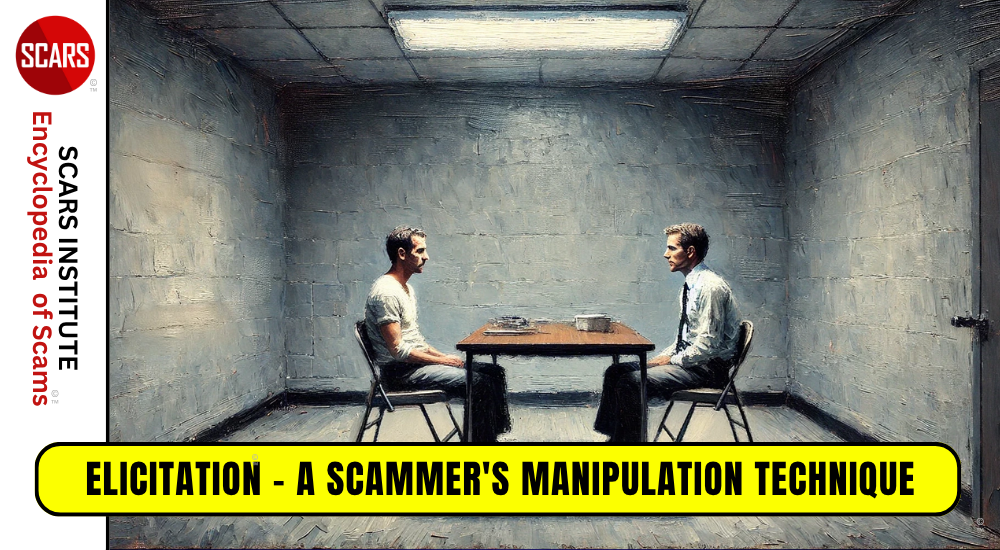
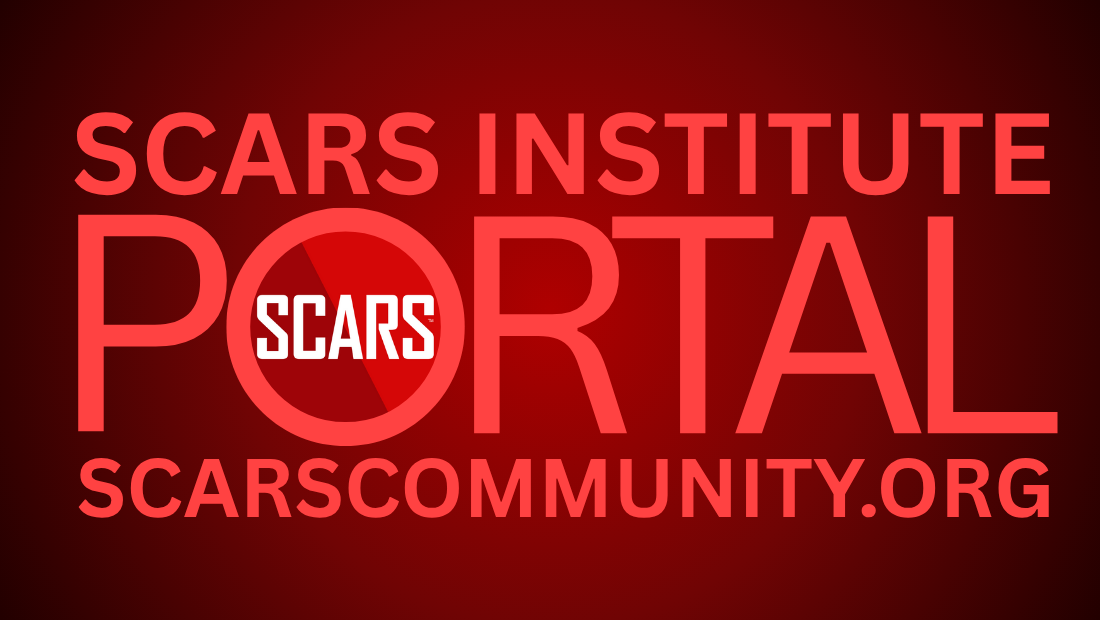


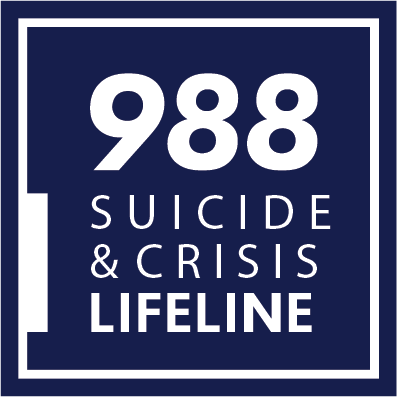


Thank you for your comment. You may receive an email to follow up. We never share your data with marketers.